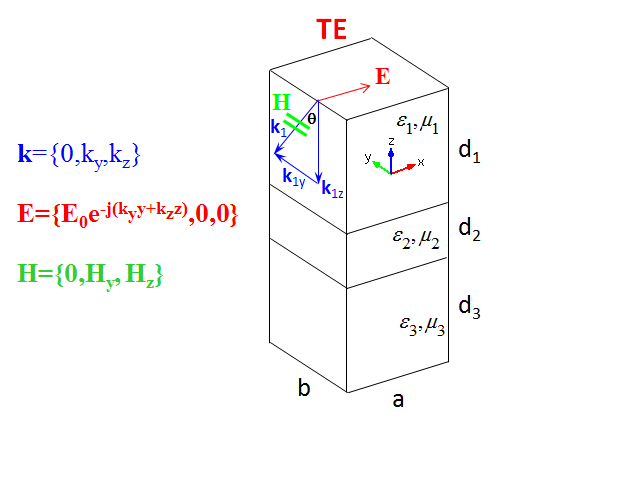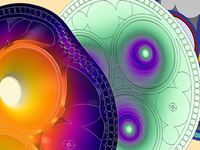
These can now be simulated with the new Biot-Allard model option in the Poroelastic Waves interface. However, these models do not capture all of the real-world effects and sometimes it is necessary to include elastic waves where, for example, the porous matrix needs to be coupled to vibrating structures. Up until now, the Pressure Acoustics, Frequency Domain interface together with an appropriate fluid model, such as the poroacoustic model, has been an adequate method for simulating many audio applications. Including this model supplements the previously available Biot model option, which considers only viscous losses and is useful for acoustic poroelastic wave propagation in rocks and soils where the saturating fluid is a liquid. To better simulate these types of applications, a Biot-Allard model option has been added to the Poroelastic Waves interface.

A few example applications are insulation materials for room acoustics, lining materials in car cabins, foams used in headsets and speakers, and porous materials in mufflers. In applications where pressure and elastic waves propagate in porous materials filled with air, both thermal and viscous losses are important. View screenshot Poroelastic Waves Interface Updated with the New Biot-Allard Model PMLs can be added from the Definitions node and support both polynomial and rational scaling options for 3D, 2D asymmetric, 2D, and 1D models in Cartesian, Cylindrical, and Spherical geometries.

This was previously only available for the Pressure Acoustics, Frequency Domain and Convected Wave Equation, Time Explicit interfaces.

With COMSOL Multiphysics ® version 5.3, the Pressure Acoustics, Transient physics interface now includes PML functionality in the time domain, for transient acoustic simulations based on the finite element method. PMLs enable you to truncate the computational domain with an external layer that mimics waves moving into an infinite domain. PMLs are often used in situations where the default first-order, nonreflective boundary conditions would generate spurious and unwanted numerical reflections. Perfectly Matched Layers for the Pressure Acoustics, Transient Interface Beam width calculations for far-field plots.Improved ray acoustics formulation in 2D axisymmetric geometries.New interior Perforated plate condition.Biot-Allard model to include thermal and viscous losses in poroelastic wave simulations.2D axisymmetric formulation in the Convected Wave Equation interface.Improved formulation for the Slip boundary condition in Wall features for linearized Navier-Stokes and thermoviscous acoustics applications this works very efficiently when using iterative solvers.New and improved stabilization techniques for linearized Navier-Stokes analyses that are based on the Galerkin least squares (GLS) method.New physics features and options include: Ready-to-use suggested solver options for iterative solvers.Large models benefit from the following new features: Speedup to the discontinuous Galerkin (dG) method.Transient solver settings being controlled at the physics level for more robust simulations.The Thermoviscous Acoustics, Transient interface for the time domain.Perfectly matched layers (PMLs) for pressure acoustics in the time domain.In summary, improvements to time-domain simulations include: Further improvements include an array of new physics features and options as well as new postprocessing tools. COMSOL Multiphysics ® version 5.3 introduces new Acoustics Module functionality that greatly improves time-domain simulations of acoustics phenomena and facilitates solving large acoustics-based models.


 0 kommentar(er)
0 kommentar(er)
